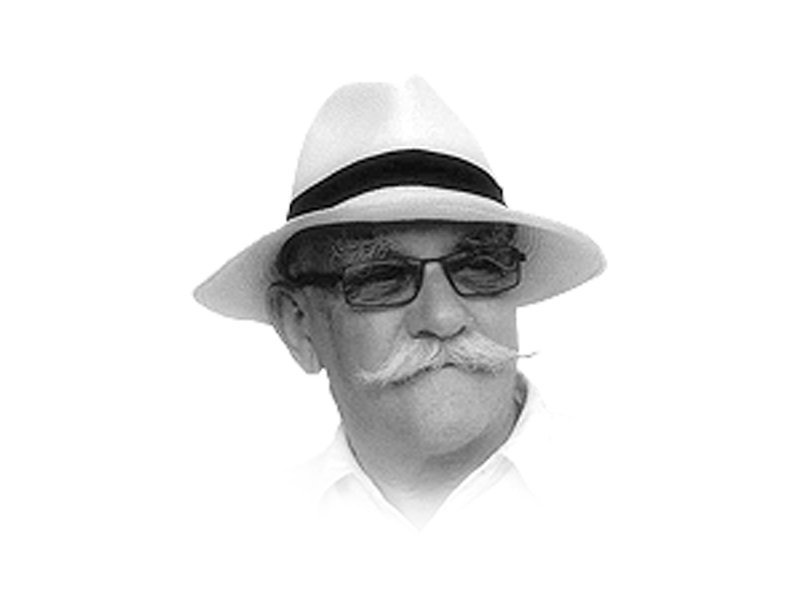
It was the capital of the Harappan civilisation that disappeared for reasons unknown around 2,500BCE. There are now fears that the entire site may have to be reburied in part because of exposure to extremes of temperature but also because of cultural vandalism. Thousands visit the site every year and in 2014 the Sindh festival was held there. Fitters, riggers, stagehands and others crawled all over the place hammering nails and pegs in willy-nilly and causing considerable damage — which was followed by the throng attending the festival and carving their names on any reachable surface. By 2017 archaeologists were considering reburying the site until better ways could be found to protect it.
Fast forwards to last Sunday and a memorable picnic organised by the Volkswagen enthusiasts and owners club of Islamabad. This band of petrol heads are devoted to the preservation of the iconic VWs — the Beetle — and other models from the VW range. Occasionally they get together and tootle off somewhere pleasant, on this occasion to a place I had vaguely heard of but never visited — Bhamala.
Reached by a tortuous rough track that skirts Khanpur Lake the complex of stupas and Buddhist monastery buildings is something of a jewel in the national archaeological crown. First excavated in the 1920s it is today a Unesco world heritage site under the control of the Department of Archaeology and Museums of the K-P government, and by most accounts is the best-preserved site in the Taxila Valley.
It was one of those sparkling not-too-hot days you get after rain, and we sat in the shade eating our chappatis and sandwiches in an atmosphere of tranquillity unlike much else in this boisterous country. The noisiest thing around were the birds. There were robust wood-and-stone seats designed to be vandal-proof, a single explanatory signboard in English and Urdu that needs considerably more by way of companions across the site, plenty of rubbish bins — and no toilets which is a deficit the K-P government might like to rectify at the earliest opportunity.
There was also a complete absence of graffiti of the ‘Ashfaq was here’ variety which was welcome and equally an absence of a site map — which was not. The men who were around were clearly not antiquarians with a deep knowledge of the site as when asked one of them opined that it was a little over 300 years old. It is actually a tad under 2,000. No matter, they at least looked after the site which if nothing else is significant for the discovery of a 19-metre reclining Buddha who has now sloped off to recline elsewhere.
It was a joy to wander through the well-excavated and preserved ruins (more litter bins) and sit in the silence on strategically-placed shady seats. Interpreting the place is pretty much left to the individual visitor but it was interesting to note the layered construction of the stone buildings that is virtually identical to the layering found in places like Hunza today — it is a way of increasing the ability of a building to withstand earthquakes, something Buddhist monks had got worked out a couple of millennia ago.
Perhaps it is a fact that the site is not easy to reach — there is no public transport and ideally you need a 4WD vehicle — that has kept it pristine and if so then long may that prevail. But for those of you with an eye to the history of what is now Pakistan but used to be several other places in antiquity, do make the effort and enjoy something we rarely get the chance to hereabouts — a sublime peace in the company of stones that talk to you. Happy travels.
Published in The Express Tribune, April 26th, 2018.
Like Opinion & Editorial on Facebook, follow @ETOpEd on Twitter to receive all updates on all our daily pieces.













































COMMENTS (1)
Comments are moderated and generally will be posted if they are on-topic and not abusive.
For more information, please see our Comments FAQ